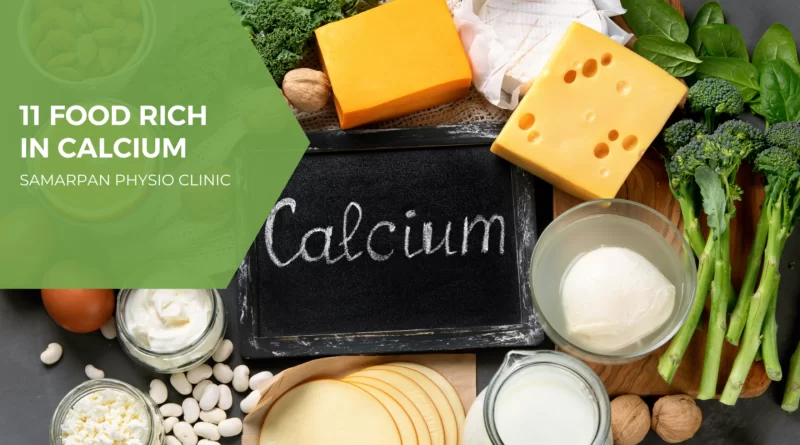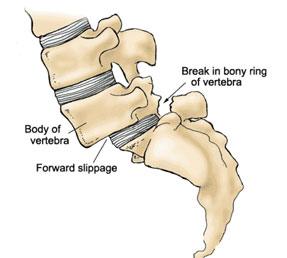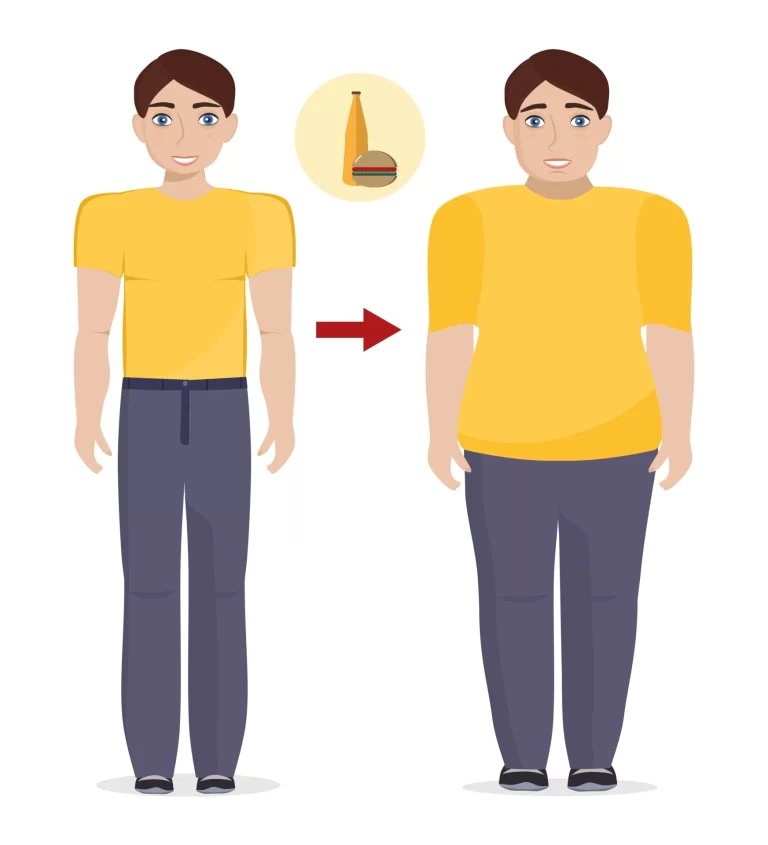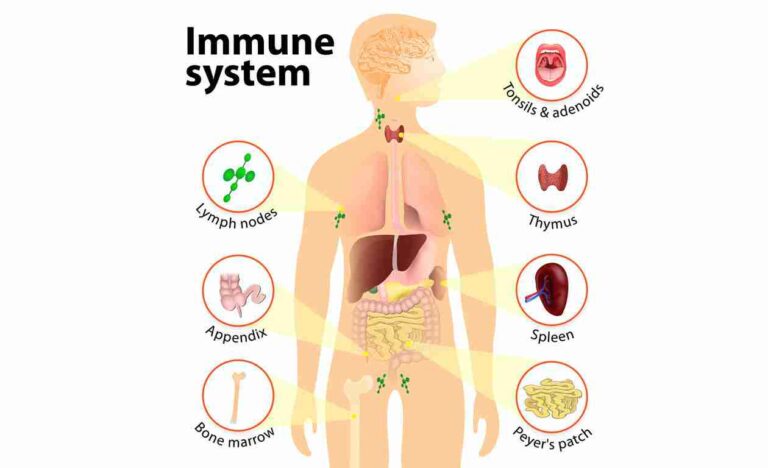11 Food Rich in Calcium
Calcium is enough in your body. About 99% of this mineral is stored in your bones and teeth. The other 1% is in your blood and soft tissues.
Consuming calcium-rich foods is critical to growing and maintaining strong bones. It is also an important nutrient for healthy cell function. Your body needs calcium to support muscle and nerve function, regulate blood pressure and hormone levels, as well as facilitate communication between cells.
Why do you need calcium?
Calcium is necessary for almost all processes in the body. Your body cannot make calcium. You need to get calcium through food and supplements, but your body can absorb it better from food. Calcium may also be present in some medications, such as antacids. The recommended daily amount of calcium is 1,300 milligrams (mg) per day for adults, children, and pregnant and breastfeeding women.
Calcium serves as a critical nutrient for:
Cell Function
Your body constantly maintains a certain level of calcium in your blood so that your cells can function properly. A drop in blood calcium causes your body to start borrowing calcium from your bones.
Bone health
Your bones are constantly breaking and rebuilding. Before the age of 30, the rate at which bone is built up is greater than the rate at which it is broken down. After 30 years, the rates reverse. This is why older people have more fragile bones that are more prone to fractures.
Osteoporosis occurs whenever there is an imbalance between bone breakdown and bone building. To reduce your risk of developing osteoporosis, you should aim to build your strongest and densest bones before the age of 30. One way to prevent bone loss after age 30 is to consume enough calcium. This will reduce the amount your body has to take from your bones.
Blood pressure check
It helps blood vessels constrict and relax, so it is needed to maintain healthy blood pressure. Recent studies show that calcium must be obtained from food rather than supplements to achieve this benefit.
Reduced risk of kidney stones
It also prevents kidney stones by reducing the absorption of oxalates, which are found in many plant foods such as spinach, beets, raspberries, and sweet potatoes. Oxalates are associated with a higher risk of kidney stones. Only calcium from food not from supplements might help reduce this risk.
11 Food Rich in Calcium
1. Yogurt
Yogurt is an excellent source of calcium.
Many types of yogurt are also rich in probiotics, a type of beneficial bacteria that can support immune function, improve heart health, and improve nutrient absorption.
One cup (250 grams) of plain yogurt contains 23% of the DV for calcium, as well as a hearty dose of potassium, phosphorus, and vitamins B2 and B12.
Low-fat yogurt can be even higher in calcium, with 34% DV in 1 cup (245 grams).
Although greek yogurt is a great way to get extra protein in your diet, it also provides less calcium than regular yogurt.
In addition to providing a wide variety of nutrients, some research also shows that regular consumption of yogurt may be associated with a lower risk of developing heart disease and type 2 diabetes.
2. Seeds
Seeds are small sources of nutrition and many are high in calcium, including poppy seeds, sesame seeds, celery, and chia seeds.
For example, 1 tablespoon (9 grams) of poppy seeds contains 127 mg of calcium or 10% of the recommended daily value (DV).
Seeds also provide protein and healthy fats. For example, chia seeds are mostly rich in plant-based omega-3 fatty acids.
Sesame seeds contain 7% of the DV for calcium in 1 tablespoon (9 grams), plus other minerals, including copper, iron, and manganese.
3. Whey protein
Whey is a type of protein found in milk that has been well-researched for its potential health benefits.
It’s also an excellent source of protein and full of fast-digesting amino acids that help support muscle growth and recovery.
Interestingly, some studies have even linked whey-rich diets to increased weight loss and better blood sugar control.
Whey is also exceptionally rich in calcium—a 1.2-ounce (33-gram) scoop of whey protein isolate powder contains approximately 160 mg, or 12% of the DV.
4. Cheese
Most cheeses are an excellent source of calcium. Parmesan has the most, with 242 mg — or 19% DV — per ounce (28 grams).
Softer cheeses tend to have less. For example, 1 ounce (28 grams) of Brie supplies only 52 mg or 4% of the DV.
As a bonus, your body absorbs calcium from dairy products more easily than from plant sources.
Cheese also provides protein. Cottage cheese has 23 gms of protein in one cup.
What’s more, matured hard cheeses are naturally low in lactose, making them easier to digest for people with lactose intolerance.
Milk may have other health benefits. For example, one review of 31 studies suggests that increased intake of dairy products may be associated with a lower risk of heart disease.
Another review found that regular consumption of milk and yogurt was associated with a lower risk of metabolic syndrome, a condition that increases the risk of heart disease, stroke, and type 2 diabetes.
You must keep in mind that full-fat cheese can be high in saturated fat and calories. Some cheeses are also high in sodium, which some people might need to eat in limit.
5. Sardines and canned salmon
Canned salmon and sardines are packed with calcium thanks to their edible bones.
A 3.75-ounce (92-gram) can of sardines contains 27% of the DV, and a 3-ounce (85-gram) can of bone-in canned salmon has 19%.
These fatty fish also provide high-quality protein and omega-3 fatty acids, which can support the health of your heart, brain, and skin.
While seafood can contain mercury, smaller fish such as sardines have low levels. In addition, both salmon and sardines have high levels of selenium, a mineral that may prevent and reverse mercury toxicity.
6. Beans and lentils
Beans and lentils are high in fiber, protein, and micronutrients, including iron, zinc, folate, magnesium, and potassium.
Some varieties also have a decent amount of calcium, including winged beans, which provide 244 mg, or 19% of the DV, in a single cooked cup (172 grams).
White beans might also be a good source of calcium, with 1 cup (180 grams) of cooked white beans providing 12% of the DV. Other beans and lentils have less, ranging from about 3-4% DV per cup (175 grams).
Beans also come with many of the health benefits associated with a plant-based diet. In fact, research suggests that beans can help lower LDL (bad) cholesterol and reduce the risk of type 2 diabetes.
7. Almonds
Of all nuts, almonds have the highest calcium content. Just 1 ounce (28 grams) of almonds, or about 23 nuts, provides 6% of the DV.
Almonds also provide 3.5 grams of fiber per ounce, as well as healthy protein and fats. In addition, they are an excellent source of magnesium, manganese, and vitamin E.
Eating nuts can also help lower blood pressure, body fat, and a number of other risk factors for metabolic disease.
8. Fortified foods
Fortified foods, such as cereals, can make it easier to meet your daily calcium needs.
In fact, some grains can deliver up to 1,000 mg (100% DV) per serving—and that’s before mixing milk.
However, keep in mind that your body cannot absorb all the calcium at once and it is best to spread your intake throughout the day.
Flour and cornmeal can also be fortified with calcium. This is why some breads, crackers, and tortillas contain high amounts.
9. Leafy vegetables
Green leafy vegetables are incredibly healthy and many are high in calcium, including leafy greens, spinach, and kale.
For example, 1 cup (190 grams) of cooked cabbage contains 268 mg of calcium or about 21% of the amount you need per day.
Although spinach is rich in calcium, it is not as well absorbed as other calcium-rich vegetables that are low in oxalates, such as kale and collards.
10. Rhubarb
Rhubarb is rich in fiber, vitamin K, calcium, and smaller amounts of other vitamins and minerals.
It contains prebiotic fiber, a type of fiber that may promote the growth of healthy bacteria in your gut.
Like spinach, rhubarb is high in oxalates. In fact, one study found that your body can only absorb about 5% of the calcium found in rhubarb.
And even if you only absorb a small amount, rhubarb is still a source of calcium, with 110 mg of calcium per cup (125 grams) of raw rhubarb, or about 8% of the DV.
11. Amaranth
Amaranth is a highly nutritious pseudocereal.
It is a good source of folic acid and is very high in some minerals, including manganese, magnesium, phosphorus, and iron.
One cup (246 grams) of cooked amaranth grains provides 116 mg of calcium or 9% of the DV.
Amaranth leaves pack even more, with 21% of the DV for calcium per cooked cup (132 grams), along with good amounts of vitamins A and C.
Bottom Line
Calcium is an important mineral that plays a key role in many aspects of health and we should keep this in mind while taking diet.
While dairy products typically contain the highest amounts of this mineral, there are plenty of other good sources, many of which are plant-based.







